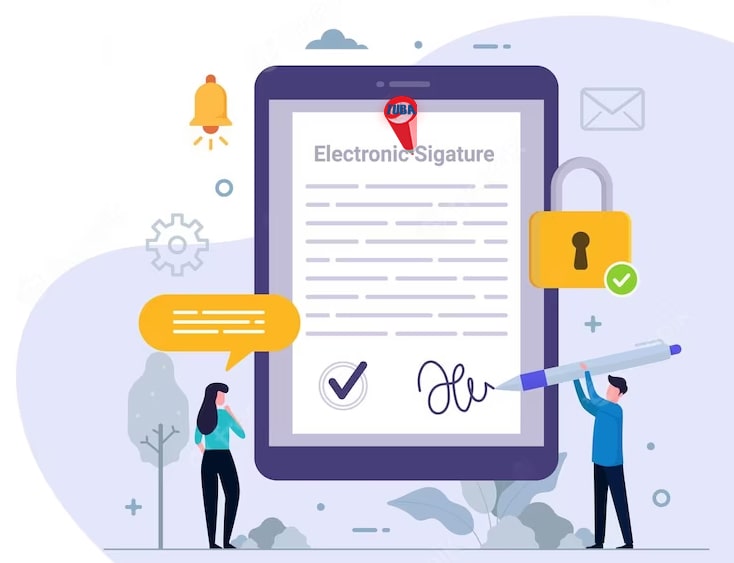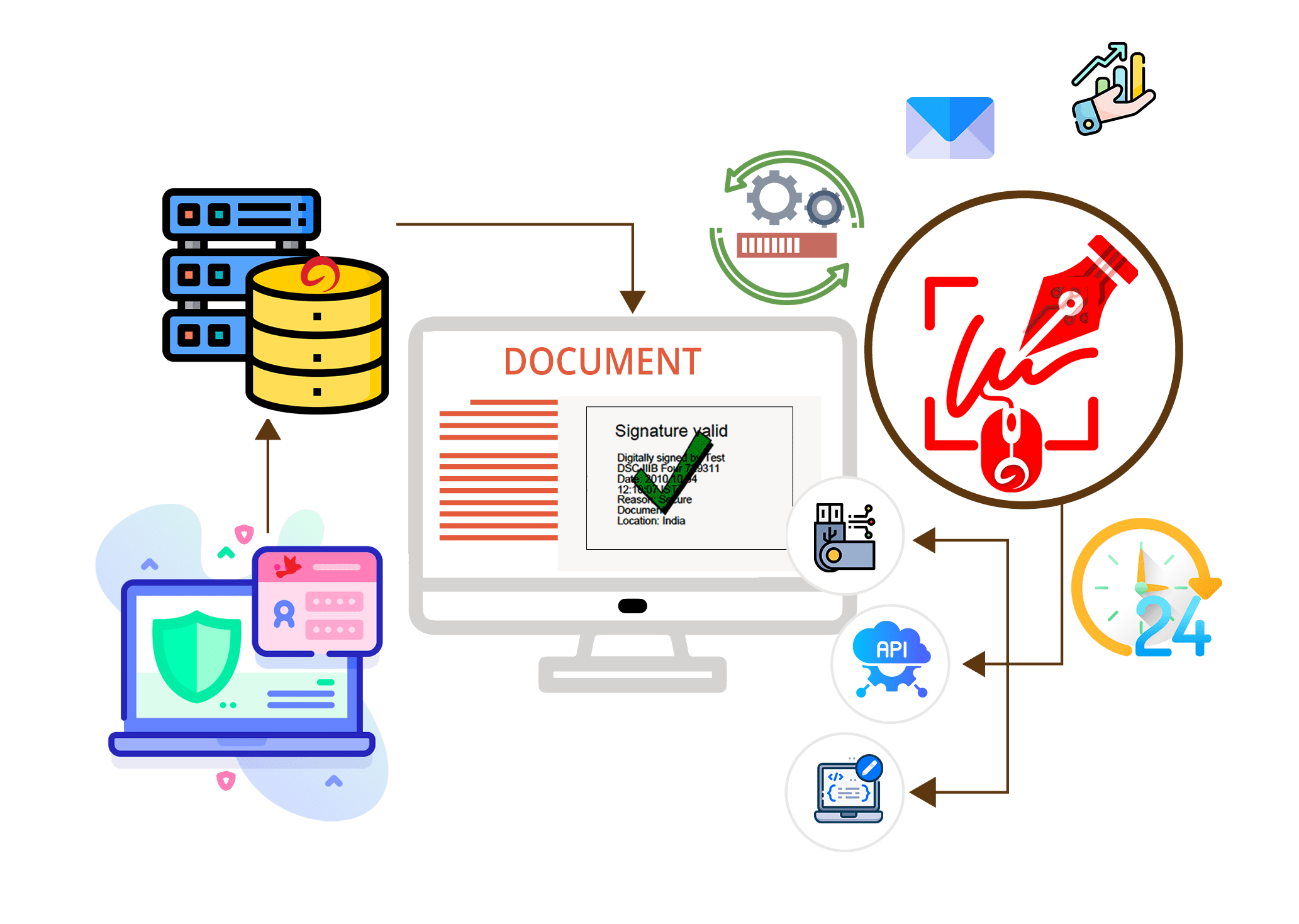E-signature software gives users the ability to gather signatures on documents shared electronically, eliminating the need for physical documents to record signatures. E-signature software facilitates the distribution of legally sensitive documents for the collection of electronic signatures. Organizations use e-signature software to encrypt documents, such as sales contracts or employment paperwork, for which client, employee, or partner signatures are often required.
E-signature software frequently integrates with third-party applications, including SAP software, ERP systems, HR management suites, and accounting, to facilitate quote, contract, and supplier management efforts.

Built-in security standards that meet local and federal legal requirements further streamline the legal document exchange process and guarantee the legitimacy and legal ramifications of signatures made through TUBA e-Signature software.
Advantages
- Send documents from anywhere in seconds.
- Qualified electronic signatures
- Enhance document security
- Integrate e-Sign Capabilities into Your App or Website
- Automated eSignature tracking

Key Features & Functionalities
Understanding e-Signature
History of e-Signature:
The concept of a substitute signature dates to the 1800s. Telegraphed messages and signed autographs were common. By the twentieth century, telegraphed messages took over the place of a handwritten signature.
However, by the twentieth century, the use of electronic signatures was legal. The ESIGN act was passed by President Bill Clinton and recognized the technology as legitimate.
By law, e-signature laws were made clearer.
While electronic signatures have only been recognized in the US since the mid-1990s, it was already very popular way before that. The technology became widely available and legal in the US in 2000.
It was not until Lotus Notes 1.0 came on the market that the US Congress adopted the first laws governing the use of electronic signatures in commerce. And now, electronic signatures are as common as paper-based signatures.
How has electronic signatures change businesses?
Electronic signatures have changed the face of business. The Patriot Act extension was signed with an autopen.
The legislation now requires electronic documents to be signed electronically. In addition, a paper-based contract may be a more secure option than an email. Although the government has made it easier to implement electronic documents, the history of electronic signatures is quite interesting.
For example, the technology has evolved from an autopen to a computerized document.
Until the present, electronic signatures have been used to create legal documents. In the past, the signature was the only way to establish a binding contract.
In the 1670s, the State of Frauds Act mandated that all contracts must be signed. It was a good measure against fraud. It still has.
But the technology of electronic signatures has come a long way. Its development and use have transformed commerce.
Getting Started
Electronic signatures are a quick, easy, and secure way to sign documents. They are legally binding in India and most of countries and are recognized by major organizations.
In addition, electronic signatures can be easily verified and authenticated, making them perfect for use in sensitive contracts and transactions.
CSII offers a free electronic signature software i.e TUBA e-Signature that is simple to use and compatible with all major document formats.